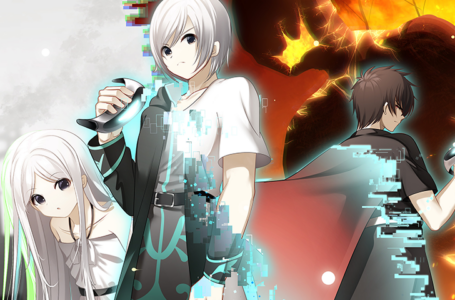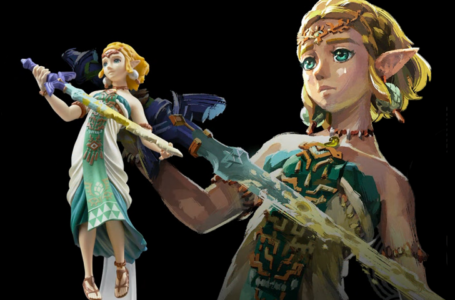What are the new Super NES Online games all about?
You know, I have to respect Nintendo; despite never-ending complaining from people in comments sections and on Twitter, regardless of what they announce, they seemingly remain committed to providing some deep cuts in their NES and Super NES Online apps for Nintendo Switch, available as part of your Nintendo Switch Online subscription.
The latest three releases are no exception; naturally, they prompted the usual combination of bewilderment with a side of entitled whining, but step back and give them a go and you’ll find them worth a look. So let’s take a moment to do just that!
Bombuzal
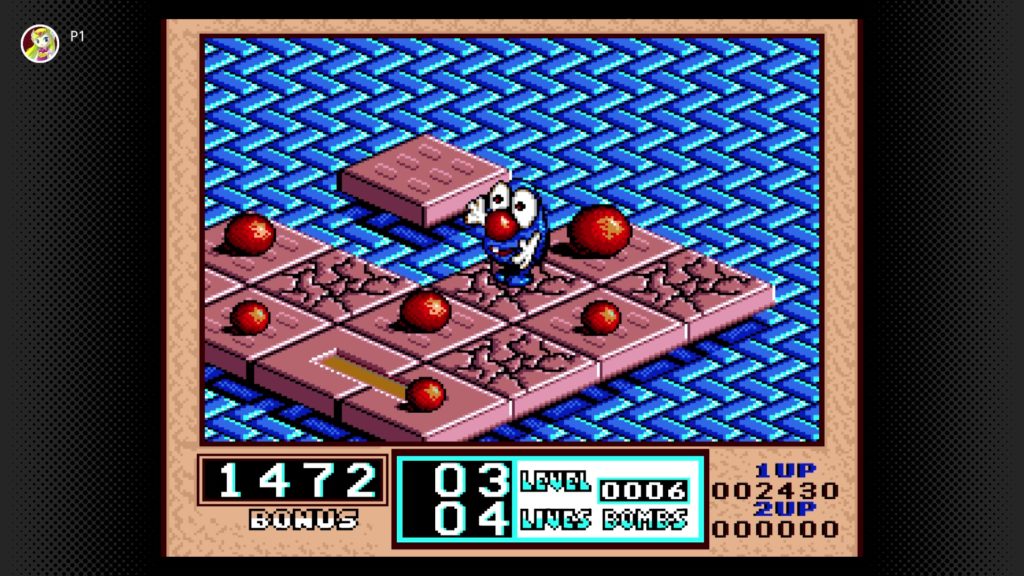
Known as Kablooey for its North American release (which the Super NES Online app version is based on, despite referring to it as “Bombuzal” in the menu), Bombuzal is a puzzle game designed by Antony “Ratt” Crowther, a prolific game designer who was most active in the ’80s and ’90s, but who more recently has contributed to titles such as Burnout Paradise, Battlefield 2 and several of the Harry Potter games.
Bombuzal was first released in 1988 for Commodore 64, Atari ST and Amiga, with a Japanese Super Famicom version following in 1990 and the American “Kablooey” Super NES release finally showing up in 1992.
The concept is simple: on each level, you simply have to detonate all the bombs without blowing yourself up or falling off the stage. In order to achieve this, you stand atop a bomb and hold a button to start a countdown; after this expires you have enough time to get one tile away, and the explosion of the bomb will take out the tile it was on and trigger chain reactions in any adjacent bombs.
As the levels progress, larger bombs will start appearing, which produce larger explosions and thus can trigger chain reactions from further away. You’ll also encounter level gimmicks such as icy blocks and teleporters — and some stages allow you to move the bombs around on “rails”, but you otherwise can’t move them freely.
To make your life a little easier, you can view the stages from either isometric or top-down perspectives, and any failure provides an overview of the whole level for you to figure out what went wrong.
Bombuzal is noteworthy for retro gaming nerds in that it has guest level designs from a number of big names of ’80s and early ’90s gaming — Jon Ritman (Head over Heels, Match Day), Andrew Braybrook (Paradroid, Uridium, Rainbow Islands), Geoff Crammond (Revs, The Sentinel, Stunt Car Racer, Formula One Grand Prix) and Jeff Minter (Attack of the Mutant Camels, Gridrunner, Polybius, Moose Life) all helped out with contributions to the game’s complete lineup of 130 stages.
The game was very well received on its original release, netting ratings of 97% and 92% for the Commodore 64 and Amiga versions respectively from Commodore-centric magazine Zzap! 64. Today, it still holds up very well — it’s an engaging, thoughtful puzzle game that is well worth a try, if only for the gloriously early ’90s digital soundtrack.
Claymates
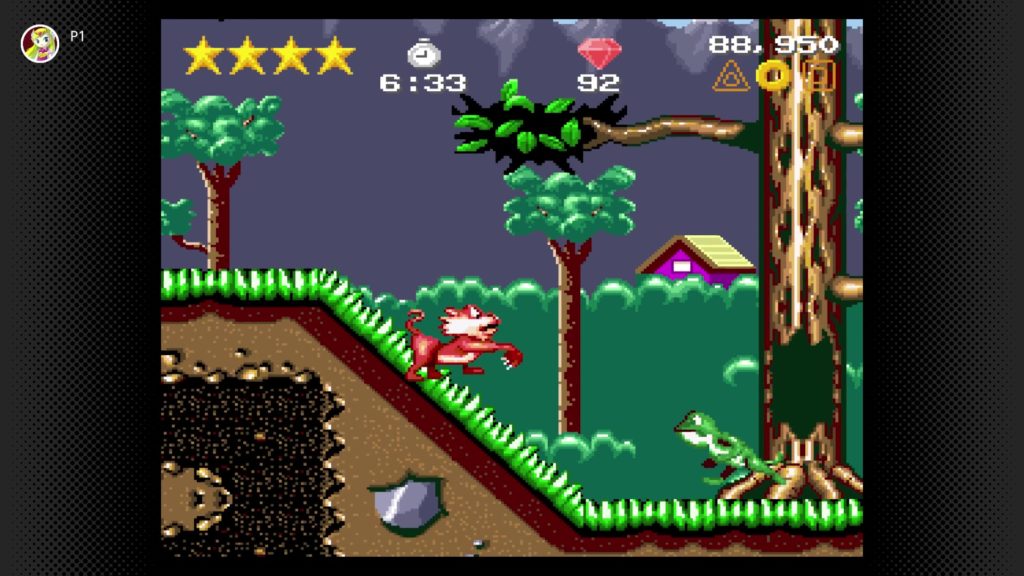
Interplay’s output for the 16-bit home consoles of the early ’90s was somewhat variable — and some titles have aged considerably better than others. They’re consistently interesting to look back, on though, as many of them are bold experiments in finding new ways to present existing concepts.
Of particular note are the several games the company put out that made use of digitised clay models rather than traditional pixel art for its sprites. The Clayfighter games are probably best forgotten as anything more than a historical curiosity, but platformer Claymates is actually a solid title that is still worth playing today.
Taking on the role of youngster Clayton (geddit?) it’s your job to rescue your father and his transformation serum from the evil Jobo the Witch Doctor. Unfortunately, before he departed, Jobo turned you into a ball of clay, leaving Clayton in a bit of a pickle, to say the least.
Thankfully, it seems that Clayton’s father dribbled bits of his serum all over the place while he was being kidnapped, allowing Clayton to temporarily transform into various clay animals, each of whom have their own distinct abilities. These are rarely essential to complete the stages, but they often provide access to secret areas filled with collectibles and power-ups — and in many cases make combat against the game’s enemies quite a bit easier.
Clayton takes some heavy cues from Sega’s Sonic the Hedgehog in that its levels are quite large and reward exploration, but certain transformations also allow for high-speed movement. There are some enjoyable puzzles to solve along the way — including some interesting trickery on the world map as well as within the levels themselves — and the game as a whole is one of Interplay’s better offerings from the era.
If you’re lucky enough to have an Evercade, you can also play Claymates as part of the Interplay Collection 2 cartridge.
Jelly Boy
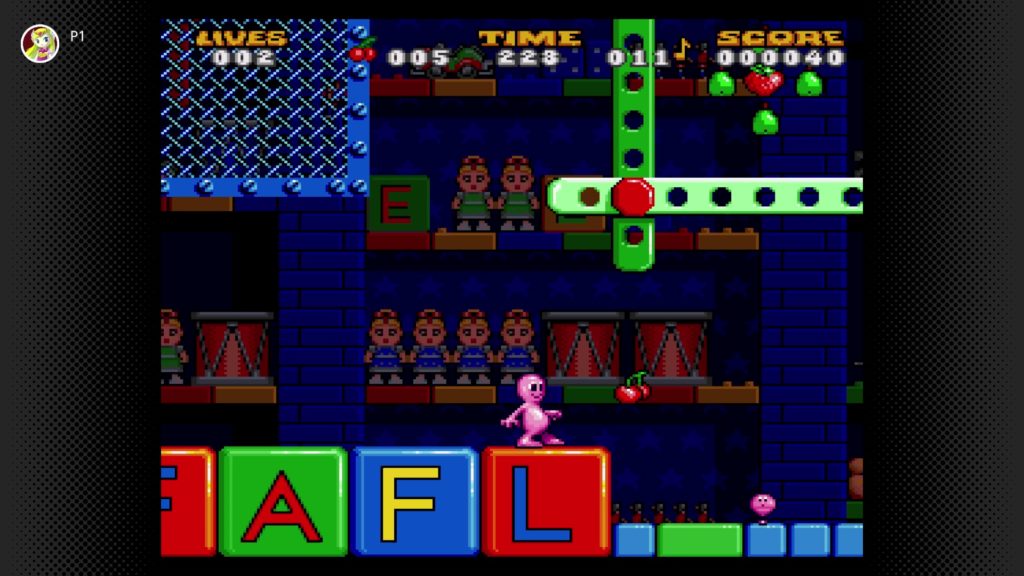
Jelly Boy is a 1995 platform game developed by Probe Software and published by Ocean Software, exclusively in Europe. It’s not an especially well-known game, but it is a solid example of what 16-bit platformers developed in the UK in the mid-’90s looked and played like — anyone familiar with titles like James Pond 2: Robocod will be right at home with this one, for better or worse.
In Jelly Boy, you take on the role of the titular gelatinous hero, who is attempting to escape from a toy factory. Along the way, he’ll have the opportunity to temporarily shift his goopy form into several different shapes, which can be used in various ways to solve puzzles and traverse the environment. Turning into a hammer, for example, allows him to break fragile blocks, while changing form into a rubber duck allows him to pass through small gaps.
Like most Euro platformers of the period, Jelly Boy features plenty of exploration and hidden areas, but also some quite harsh penalties for getting overly curious — an early stage tempts you to fall down a pit with an arrow-shaped arrangement of collectibles, for example, but you discover upon reaching the bottom that it’s an inescapable spike pit. Unless, of course, you had the foresight to fall over to the right and pull a lever, which opens up the spiky floor to reveal a bonus stage.
Jelly Boy isn’t the greatest platformer you’ll ever play — the somewhat floaty controls will likely put a few people off — but it remains a competent game that is worth checking out if you fancy playing something a bit more obscure.
And that, I think, is a big part of why Nintendo is taking this seemingly peculiar strategy with the games it chooses for inclusion in the Super NES Online app lineup. Because I suspect even the zoomiest of zoomers has probably played through Super Mario Bros. 3 at least once by this point, no? I doubt, on the other hand, many people have played Jelly Boy.
Oh, but on the off-chance you are one of the three people in the world who haven’t beaten Super Mario Bros. 3 yet, the most recent NES Online app update provides an “SP” version with a fully-stocked inventory save on World 8, so now you have no excuse. Get to it!
Have you found any interesting discoveries among the Super NES and NES Online apps on Nintendo Switch? Let us know about ’em in the comments — or pen us a longer note for the Rice Digital Friday Letters Page!
Join The Discussion
Rice Digital Discord
Rice Digital Twitter
Rice Digital Facebook
Or write us a letter for the Rice Digital Friday Letters Page by clicking here!
Disclosure: Some links in this article may be affiliate links, which means we may earn a small commission if you make a purchase after clicking on them. This is at no additional cost to you and helps support Rice Digital!
- Letter from the Editor: passing the torch - June 30, 2023
- Super Woden GP 2 is looking promising - June 30, 2023
- Inti Creates is making a 32 bit-style Love Live action platformer - June 26, 2023





